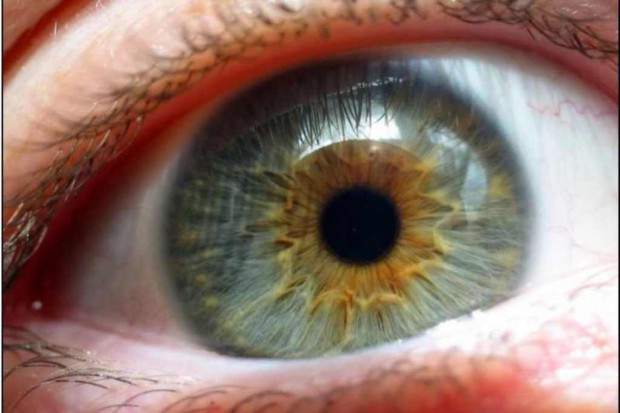Diabetic Retinopathy – Symptoms and Risk Factors

The diabetic retinopathy is one of the long – term complications of diabetes. It is caused by the damage suffered by the blood vessels that nourish the retina, as a consequence of high levels of glucose in the blood maintained for a long time.

Table of Contents
Symptoms of Diabetic Retinopathy.
The diabetes mellitus is a chronic disease that corresponds to the second cause of blindness worldwide between 20 to 74 years old. However, in the early stages of the disease there are no symptoms, so it is advisable to have a complete eye exam with pupil dilation, at least once a year.
The signs and symptoms of diabetic retinopathy usually appear after the disease has worsened. The alterations in vision present in diabetic retinopathy are bilateral and can occur due to macular edema, vitreous hemorrhage or retinal detachment.
As retinopathy progresses, symptoms that are usually bilateral may manifest such as:
Floating particles.
Small dark colored spots or threads suspended in the visual field. They correspond to the tiny shadows of vitreous gel cells that are cast on the retina, and they occur when the vitreous separates from the back of the eye (vitreous detachment).
Blood cells that have leaked into the vitreous caused by small bleeds can also form floating particles. They can also simulate the appearance of a “spider web”, which creates the impression that one is looking through a mesh of very fine strands.
Blurry vision.
Vision is gradually compromised when the number of floating particles in the vitreous is abundant and the presence of micro aneurysms causes bleeding and the leakage of other fluids in the retina. Distorted vision may occur and later become clear or present blind or dark areas in the visual field, difficulty with night vision or seeing objects in detail. In advanced stages, a significant loss of vision can be seen in the center of the image or even its total loss when there is a massive hemorrhage in the vitreous humor.
Difficulty reading at close range.
An impaired retina often affects the eye’s ability to focus on things that are close. Tasks like reading, sewing, and writing become increasingly difficult. This kind of vision impairment is common during aging and one of the main symptoms of diabetic retinopathy.
Alteration in color vision.
Mainly blue and yellow, faded images or colors different from the real ones can be observed.
Risk factors.
Certain risk factors, in addition to high blood sugar levels, contribute to the development of diabetic retinopathy or maculopathy. Therefore, they should always be considered.
Age.
Peak levels of retinopathy are seen between 45 to 60 years of age.
Time of Evolution of Diabetes.
It is the most important factor associated with the presence and severity of diabetic retinopathy in all studies. About 90% of patients with more than 20 years of disease suffer from diabetic retinopathy and at least 10% of them are blind. In type I diabetes, retinopathy is observed in 12% with more than 30 years of duration and in Type II diabetes in 7% at 20-24 years after the diagnosis of the disease.
Chronic hyperglycemia.
Elevated levels of glucose in the blood, such as those produced by diabetes, cause damage to the vascular endothelium which in turn affects the entire circulatory system of the body, including the blood vessels of the retina in the eye. Poor glycemic control has been shown to increase the incidence and severity of retinopathy.
Arterial hypertension.
It is associated with higher incidence and severity due to damage to the microcirculation caused by high blood pressure.
Pregnancy.
During pregnancy the risk of developing diabetic retinopathy increases. And if there is already established diabetic retinopathy, the disease can progress more quickly. Research suggests that these changes can be reversed after giving birth if treated.
Lipids.
Elevated levels of LDL cholesterol in the blood can lead to an increased accumulation of protein deposits that leak into the retina called hard exudates. This condition is associated with increased progress of diabetic retinopathy.
Other Factors.
Risk factors for the prevalence of retinopathy are an inadequate diet rich in fats, obesity, iron deficiency anemia, decreased serum magnesium levels, alcohol consumption, smoking, low educational level and illiteracy.


